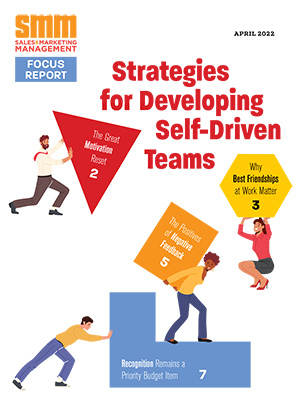I frequently present workshops on doing business abroad, and I’m always surprised at the response when I ask global executives how many of their companies make use of the ATA Carnet. Out of all the seminars I’ve delivered over the years, I’ll bet you less than five percent of attendees were familiar with the term.
So, with the economy continuing on its turbulent course, there’s no better time than the present to discuss this subject—specifically, how managers and executives can save hundreds (if not thousands) of dollars simply through the use of a Carnet.
Do I have your attention yet?
Let’s first define what the ATA Carnet is. Essentially, it’s an international customs document, also frequently referred to as a merchandise passport.
The Carnet was created by what’s now known as the World Customs Organization (WCO), an entity working under the auspices of the United Nations. The acronym “ATA” derives from an English phrase (“temporary admission”) and its French counterpart (“admission temporaire”).
Simply stated, the Carnet is an international customs document a traveler can use on a temporary basis. It enables him to import certain goods into a country without having to engage in customs formalities usually required for the importation of goods, and without having to pay duty or value-added taxes on said goods.
Currently honored in 75 countries, ATA Carnets ease the temporary importation of commercial samples, professional equipment, and goods for exhibitions and fairs.
In actuality, there are two types of merchandise passports issued in the United States: ATA and TECRO/AIT Carnets. The latter, however, are only used between the U.S. and Taiwan (resulting from a bilateral agreement between the two countries). While they serve the same function as the ATA Carnet, TECRO/AIT Carnets only cover commercial samples and professional equipment.
Getting back to saving money, here are just a few of the ways using a Carnet can save you time and headaches:
• Valid for one year, Carnets can be used for unlimited exits from and entries into the U.S. and foreign countries.
• As mentioned above, Carnets eliminate value-added taxes (VAT), duties, and the posting of a surety bond or cash normally required at the time of importation. Without a Carnet, it may take six months to a year for the customs authorities to release the bond or cash.
• Carnets simplify customs procedures. They allow a temporary exporter to use a single document for all customs transactions, as well as to make arrangements in advance and at a predetermined cost.
An ATA Carnet should be presented to U.S. or Canadian customs (as appropriate) before departure to have the Carnet validated. Normally this is a speedy process; it demonstrates to foreign customs officials that the merchandise will be re-exported out of the country.
• Carnets help you avoid delays in clearing customs at your destination, particularly when imported items are immediately needed for use and where the traveler cannot risk have the merchandise held up in customs.
In the United States, the U.S. Council for International Business (USCIB) works with two providers that issue Carnets: the Corporation for International Business (CIB) and Roanoke Trade Services.
For our Canadian readers, ATA Carnets are issued by the Canadian Chamber of Commerce. Considering new countries accepting the Carnet are frequently added, call USCIB at 212-354-4480 to check on specific countries.
The beauty in using a Carnet is that it covers virtually everything that might be subject to duties: commercial samples, promotional materials, laptops, photographic equipment, medical and scientific instruments, trade show exhibits, musical instruments, gems, animals, aircraft, and yachts.
The only items that cannot be included on a Carnet are consumables or agricultural products, in addition to samples to be sold or given away.
Many companies and entrepreneurs also find the ATA Carnet proves useful in non-Carnet countries (e.g., the Philippines, Vietnam, Aruba, etc.), where excellent documentation demonstrates that the items listed on the Carnet will only be in the country temporarily.
Understandably, obtaining a Carnet entails basic processing fees (roughly $200 to $350) and a surety bond for the merchandise. Normally, Carnets can be issued within 24 hours.
Two final notes, which come from my own experience: If you’re traveling on business with equipment listed on a Carnet, it is strongly recommended you obtain a business visa rather than a tourist visa. Many travelers take the simpler route of entering a country with a tourist visa, only to face possible arrest for not having the proper documentation.
Last but not least, in lockstep with your visa, make sure you take into account any tax implications that may arise while you’re in the country.
Ed Lee is a retired U.S. State Department diplomat and Regional Security Officer (RSO) who spent most of his life abroad, protecting U.S. diplomats and American business executives. He is the author of “Staying Safe Abroad: Traveling, Working & Living in a Post-9/11 World.” He can be reached at ed@sbrisksolutions.com.
Global Issues: ATA Carnets: Your Ace-in-the-Hole Abroad
Get our newsletter and digital focus reports

Stay current on learning and development trends, best practices, research, new products and technologies, case studies and much more.

